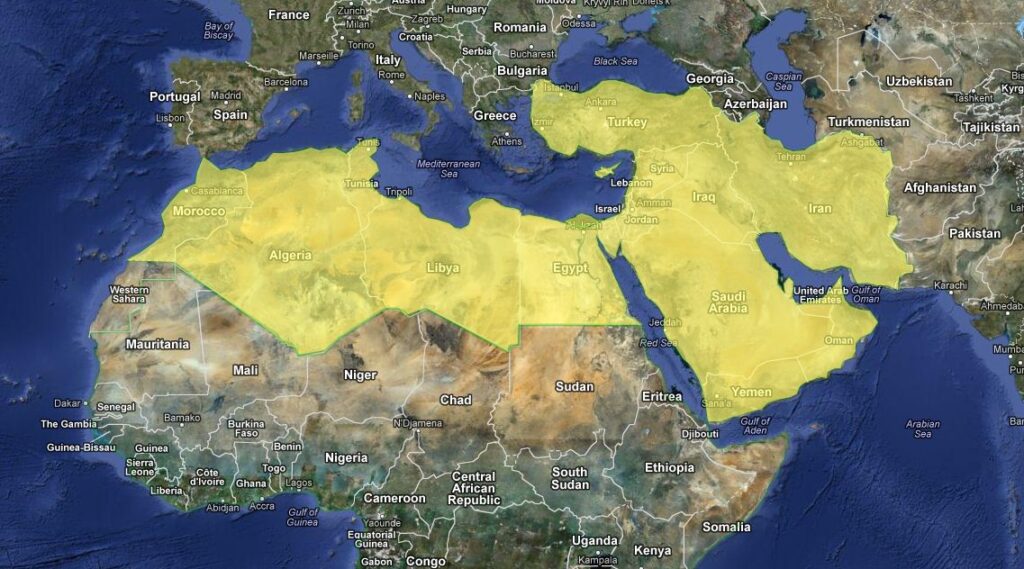by Asterios Bouzias, Dr. iur.
The “Arab Spring” led to series of constitutional transitions in the countries of the Middle East and North Africa. The process of constitutional change did not follow the same course in all these countries. According to the recent historical experience of the region’s countries, two patterns of constitutional change could be distinguished. One of these patterns, the more moderate one, is represented by Morocco and Jordan, whereas the other one, the more dynamic one, is represented by Egypt and Tunisia.
Morocco and Jordan are long-standing monarchies and have been closely associated with the European Union, especially in the framework of the European Neighborhood Policy. In 2011 the leaderships of both countries faced popular protests and demands for reforms. In both countries these demands were addressed immediately through limited constitutional amendments, which were launched by the monarchs themselves. The initiative which led to constitutional change derived from the monarch, who supervised the whole process. Through this process, the established constitutional regime was not essentially challenged. On the contrary, constitutional amendments acted as a form of the regime’s confirmation.
At the same time, Egypt and Tunisia experienced a different kind of constitutional change. Until the popular uprisings of 2011, both countries had Constitutions which established formally republican political regimes. The pro-reform movement in these two countries, which have also been closely associated with the E.U., led to a more dynamic form of constitutional change. The previous regimes did not survive popular protest and a new political situation was created in both countries. In the new political and institutional context, elections took place and new parliamentary bodies were elected. These bodies have had the character of Constitutional Assemblies and elaborated new constitutional texts. In the cases of Egypt (2012, 2014) and Tunisia (2014) the adoption of the new Constitutions was the result of interaction between the political forces which were represented in the respective Constitutional Assemblies.
The moderate constitutional reforms in Morocco and Jordan contributed to a form of constitutional transition which did not result in a disruption of institutional continuity. On the other hand, the dynamic developments which took place in Egypt and Tunisia resulted in the adoption of new Constitutions, in total breach with the previous constitutional orders.
